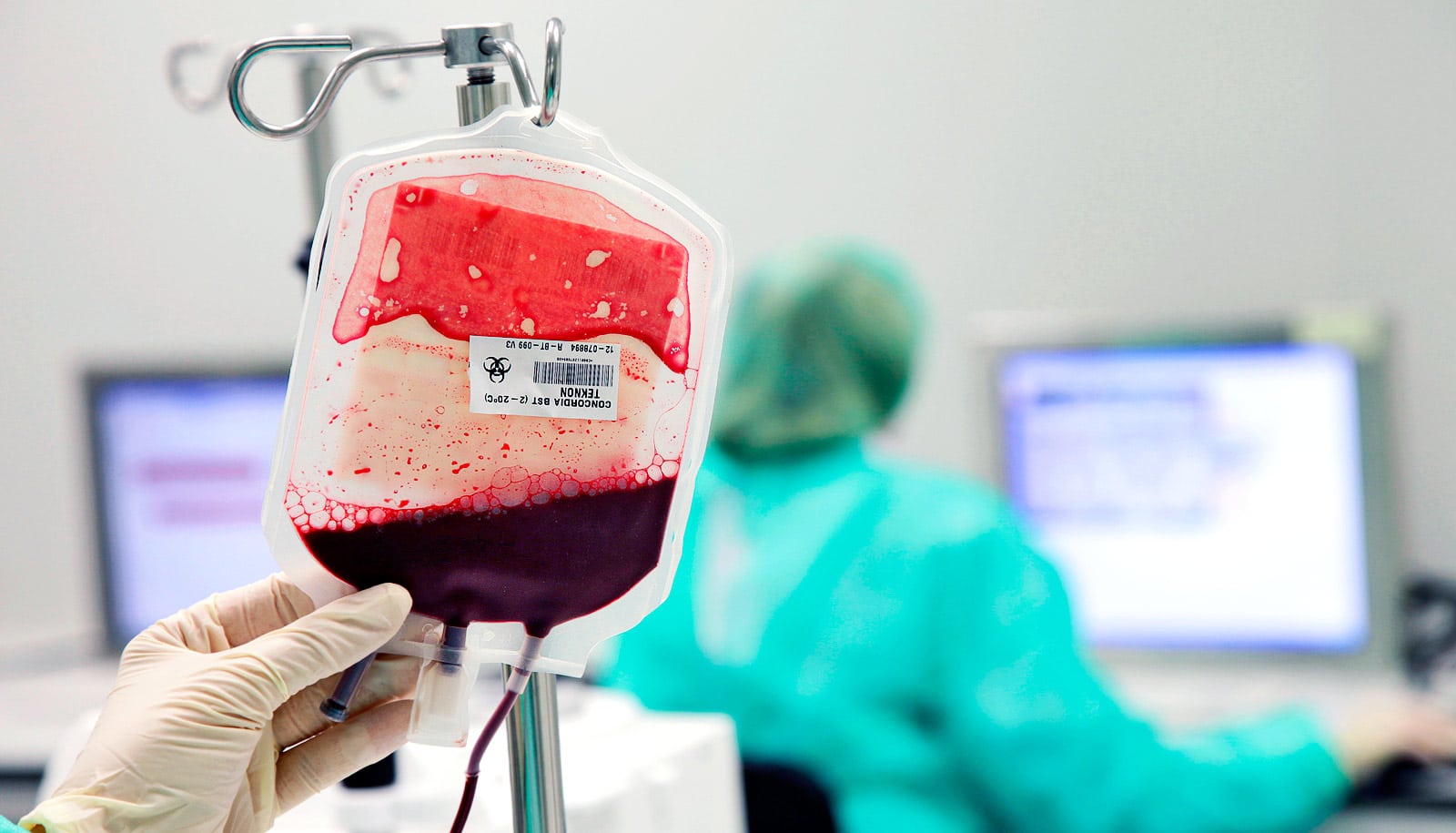A small clinical trial—the first human trial of its kind—has uncovered the importance of a hormone called erythropoietin for effective umbilical cord blood transplants in leukemia and lymphoma patients.
Lowering EPO levels in people aids in a process known as homing, where newly transplanted blood stem cells migrate properly to the bone marrow of the patient and begin to restore the body’s ability to make healthy blood and immune cells.
The findings appear in the journal Blood. An accompanying editorial calls the research “a breath of fresh air” for overcoming barriers to make this a viable option for many patients.
Umbilical cord blood is a rich source of stem cells for transplantation for patients lacking a matched donor and accordingly, these results are particularly important for underrepresented minorities, says Omar Aljitawi, associate professor of hematology/oncology at the University of Rochester’s Wilmot Cancer Institute.
But the challenge is: Cord blood takes longer to home to the bone marrow, and fewer cells reach their target. Researchers have been investigating strategies to correct these limits.
Aljitawi’s goal was to understand the cellular signals that regulate blood cell homing to improve cord-blood engraftment, which led him to blocking the EPO-EPO receptor signaling to improve the transplant process.
How a rabbit virus could help treat leukemia
In the clinical trial involving 15 patients researchers blocked EPO signaling by delivering hyperbaric oxygen therapy first to cancer patients before the cord-blood transplant. The oxygen therapy involves a patient entering a specialized chamber and breathing 100 percent oxygen.
The study found this method was safe and well tolerated by patients, and that it lowered EPO levels. Compared to other patients who had not received oxygen therapy, the clinical trial volunteers also recovered their blood counts earlier and became independent from blood transfusions earlier in their course of recovery.
Aljitawi led the cord-blood research at his prior laboratory at the University of Kansas, including preclinical studies in mice. He’s developing a phase II study in Rochester to further explore the use of hyperbaric oxygen in umbilical cord blood transplantation.
Source: University of Rochester



